You may not realize it, but Colorado is stacked with loads of state symbols that have been officially adopted by local lawmakers over the years. From fascinating wildlife you might not be familiar with to a flag, slogan, and flower you almost certainly are, state-adopted symbols have helped define Colorado’s character for more than a century.
Colorado’s unique history, culture, wildlife, and industries are represented by the symbols its chosen to represent itself through since achieving statehood in 1876.
Here is a list of Colorado state symbols, in no particular order:
Colorado State Flag
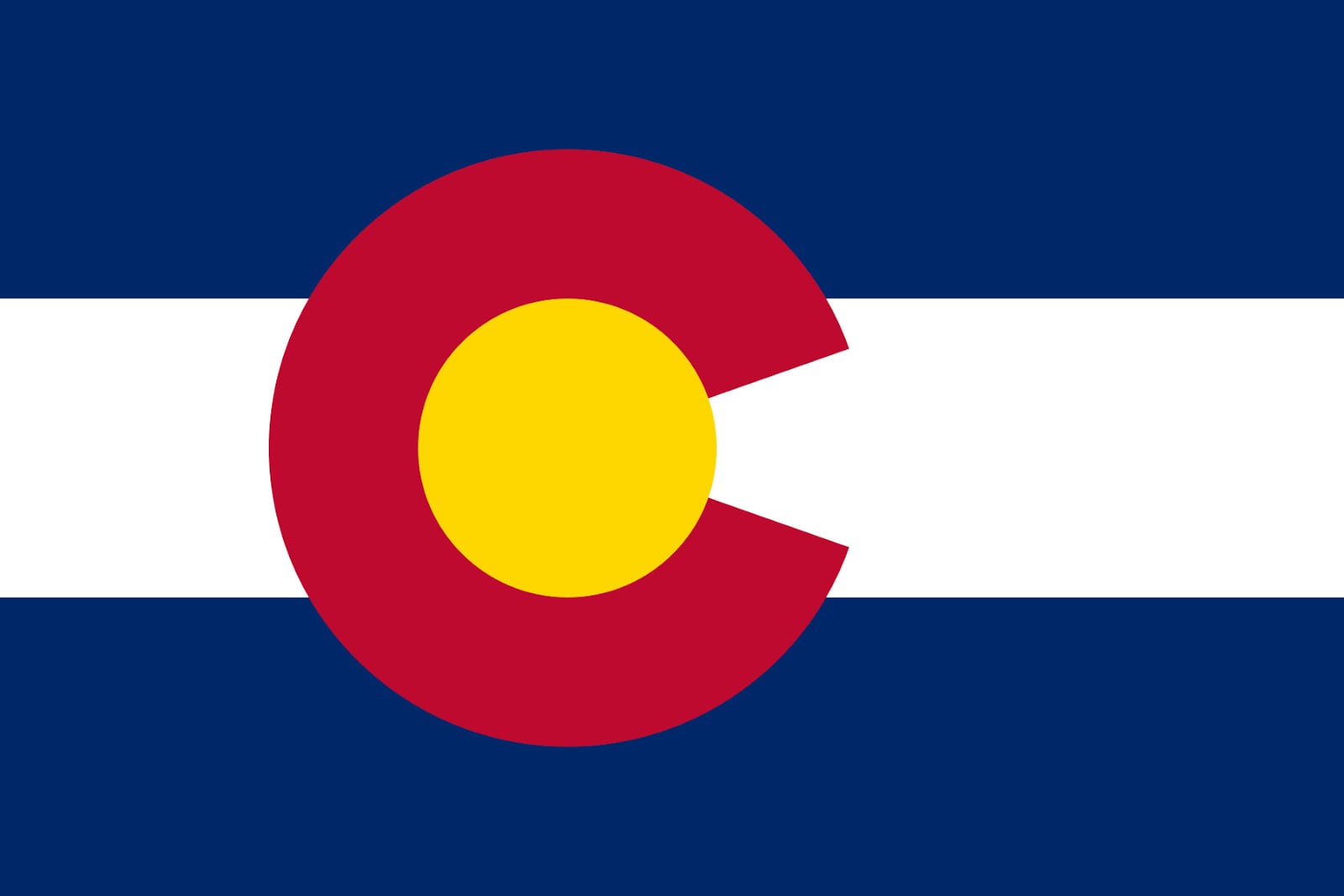
Loved by snowboarders and Pinterest enthusiasts across the state, Colorado’s state flag has become a trendy way for locals to show love for their home state over the last decade. A similar version to the current flag was designed by Andrew Carlisle Carson in 1911, with the main difference of a much smaller “C” symbol. Reportedly, Colorado’s legislature failed to specify the exact shades of blues and reds to be used for the state flag, which led to multiple variations across Colorado.
Local lawmakers made tweaks over the years, and the version of Colorado’s official state flag that we all recognize today came into being in 1964. The flag’s optimistic colors represent sunshine, blue skies, and the red earth pointed to in the state’s name.
Colorado State Motto: Nil sine numine
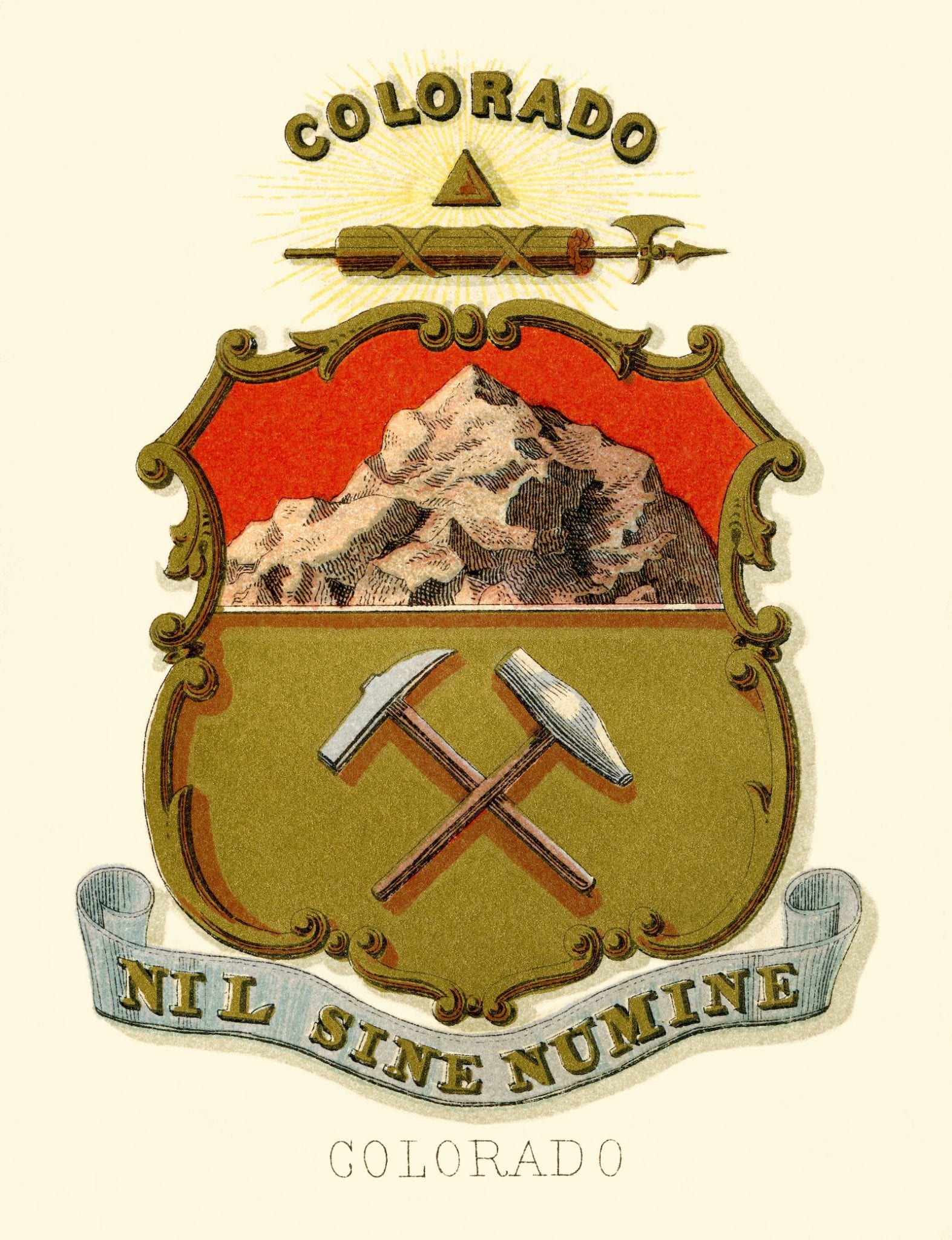
Written in Latin, Colorado’s state motto can be translated both as “Nothing without providence” or “Nothing without the Deity.” It originates from the epic Latin poem Aeneid, which was written by the ancient Roman poet Virgil, and it sits at the bottom of Colorado’s state seal. Colorado’s secular miners used to joke that the motto meant “nothing without a new mine” when the state was still in its infancy.
Colorado State Nickname: The Centennial State
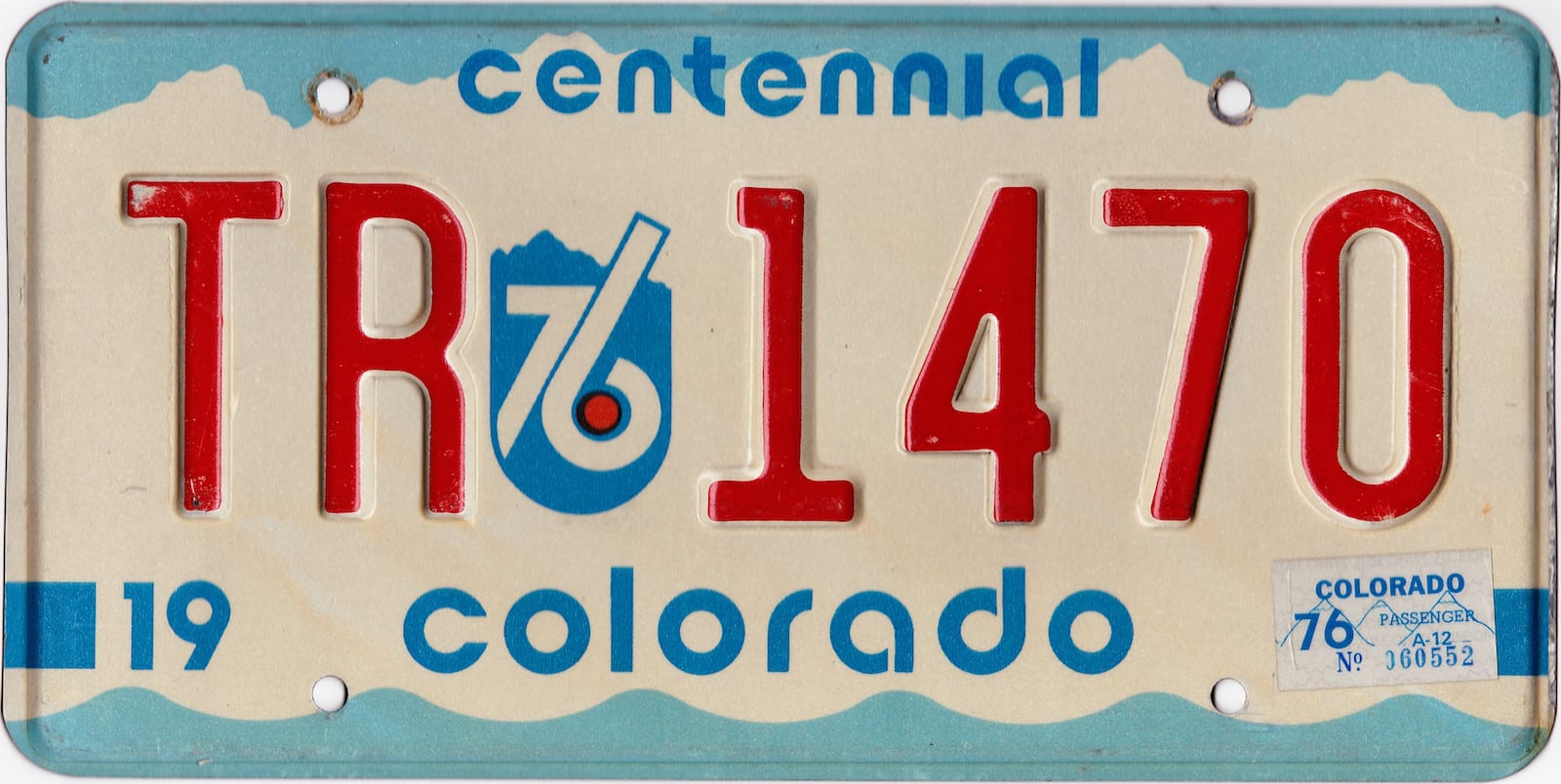
Like all of America, Colorado took on many different cultural and political identities before it officially became a state in 1876. It was home to Native Americans for thousands of years before falling into the hands of the Spanish Empire, and it was later claimed by America through the Louisiana Purchase.
Colorado’s nickname is an obvious one. In case you haven’t already guessed, it originates from the fact that Colorado officially became a state just four weeks after the United States celebrated its first Centennial in August of 1876.
Colorado State Seal
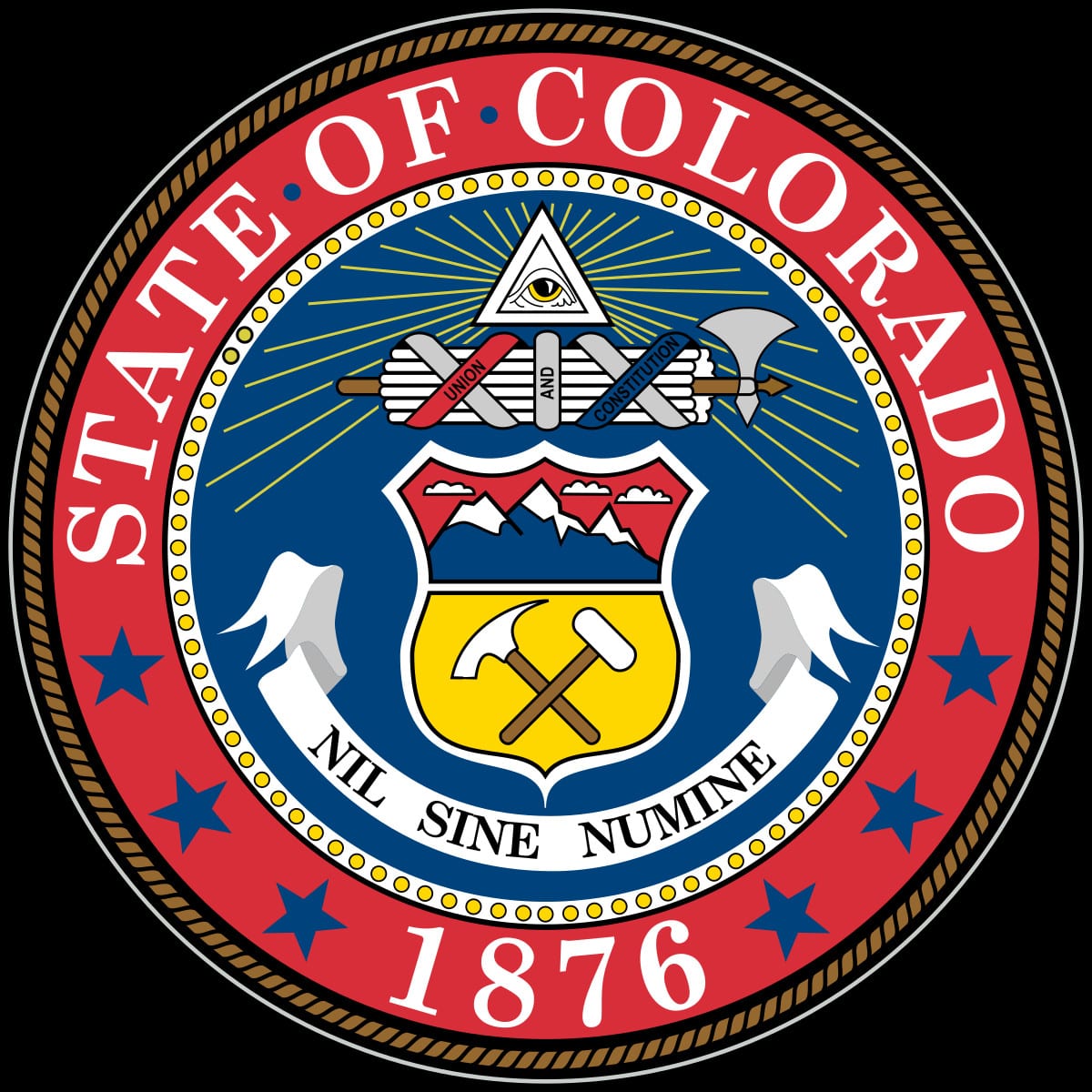
The Colorado state seal is something you’ve probably seen many times without realizing it, but it’s fascinating if you pay close attention to it. Adapted from Colorado’s pre-statehood territorial seal, the top of the image features the same “Eye of Providence” imagery found on one-dollar bills.
Other notable state seal images include a battle axe placed in the middle of a bundle of wood rods to symbolize strength and unity, a mountain landscape, and a pick and sledge hammer honoring Colorado’s mining heritage.
The state’s official motto is included on the seal in addition to the year of its founding. The design for the original rendition of the seal was created by Territorial Secretary and Abraham Lincoln appointee Lewis Ledyard Weld, though Territorial Governor William Gilpin is thought to have contributed to the design as well.
Colorado State Slogan: “Colorful Colorado”
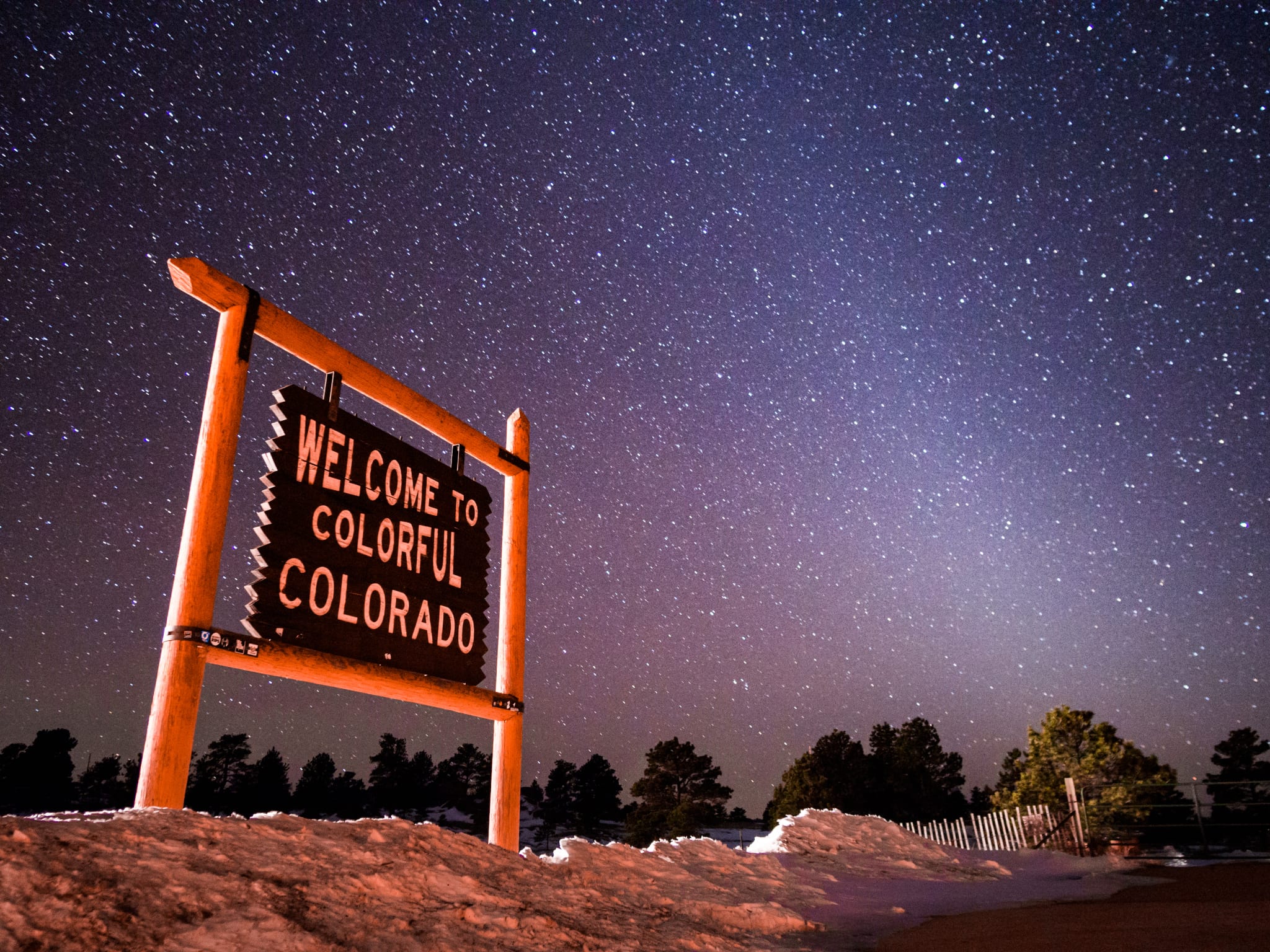
Colorado is a colorful place, but the brown “Welcome To Colorful Colorado” signs lining borders in the plains and desert regions of the state might lead you to think otherwise if you’d never visited. Nonetheless, in 1950, state lawmakers formally adopted “Colorful Colorado” as the state slogan.
Other sl\ogans Colorado has been associated with in the past include “Silver State,” (Nevada now uses that one), “Mother of Rivers,” “Highest State,” “Lead State,” and “Rocky Mountain Empire.”
Colorado State Amphibian: Western tiger salamander
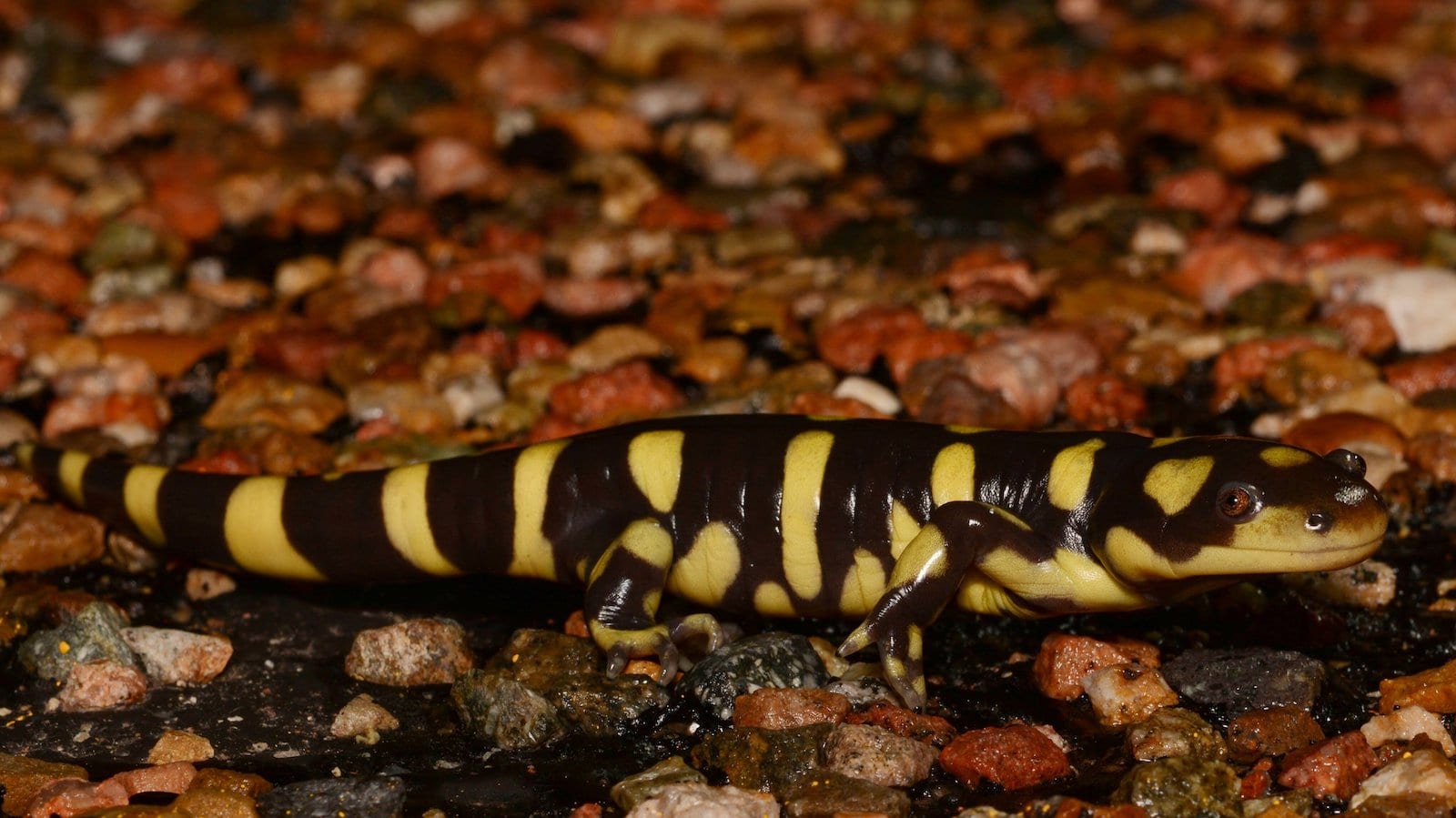
Also known as the barred tiger salamander, Colorado’s state amphibian is one of the largest salamander species in North America. The vivid, stripe-like patches of yellow, black, and brown marking these creatures resemble those that tigers wear. Like many Coloradans, western tiger salamanders are opportunistic eaters, which means they’ll eat anything they can get their adorable little mitts on.
But before you get too excited about this Colorado state symbol, you should know that a 1993 class of elementary school kids in Kansas helped make the barred tiger salamander their state’s official reptile almost 20 years before Colorado made it theirs in 2012. This amphibian is clearly popular, but sadly deforestation and loss of habitat are leading to smaller populations.
Colorado State Bird: Lark bunting
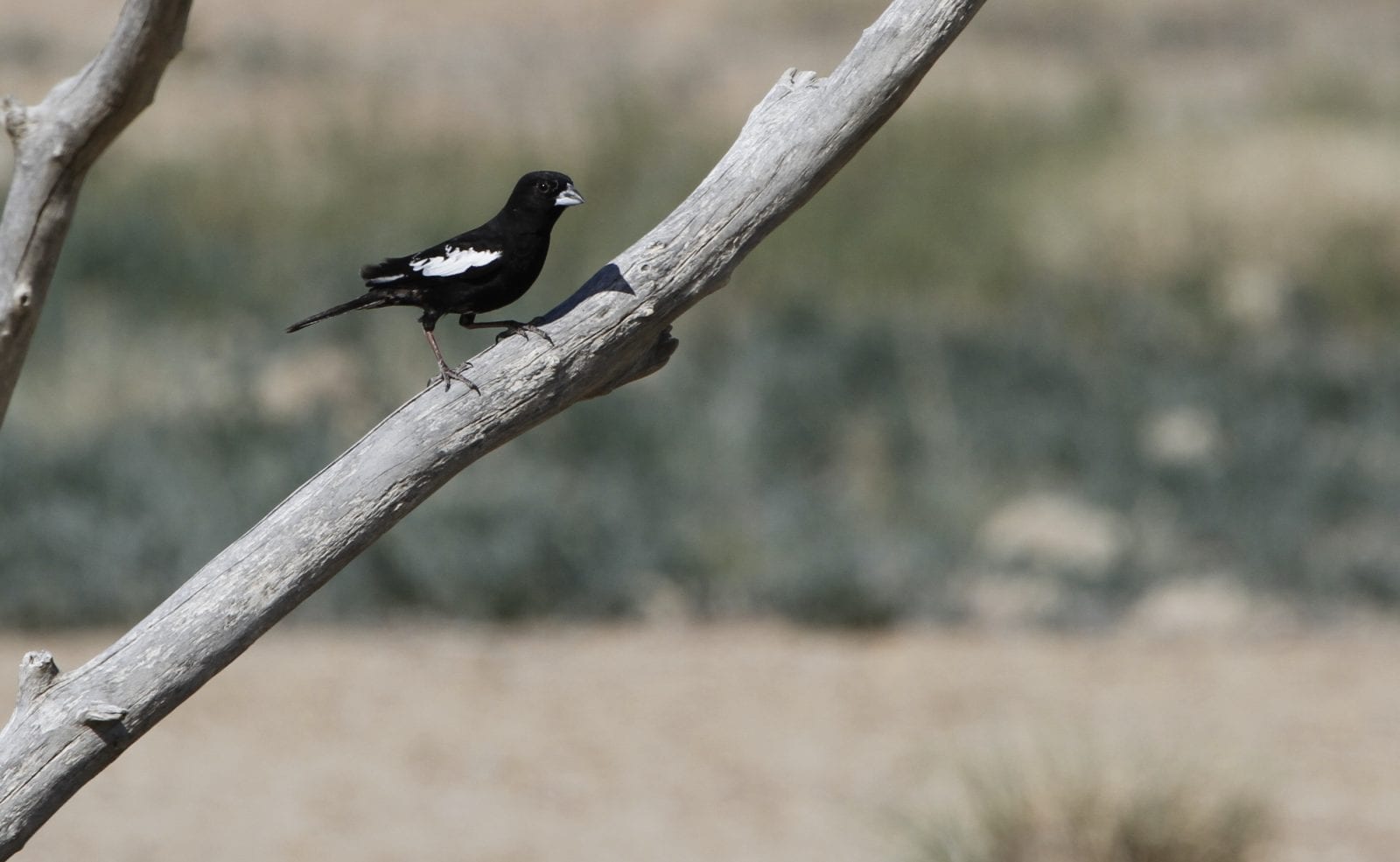
While female and young male lark buntings have their charms, males that are of breeding age are definitely the lookers of the species Colorado adopted as its official state bird in 1931.
With a jet-black body and white wings that resemble racing stripes, mature lark buntings have a better shot at mating depending on factors like how black their coloring is, the size of their wing patches, and the length and shape of their beaks. These birds are socially monogamous, but seek out many sexual partners throughout their lifetimes. They are native birds to Colorado.
Colorado State Cactus: Echinocereus triglochidiatus
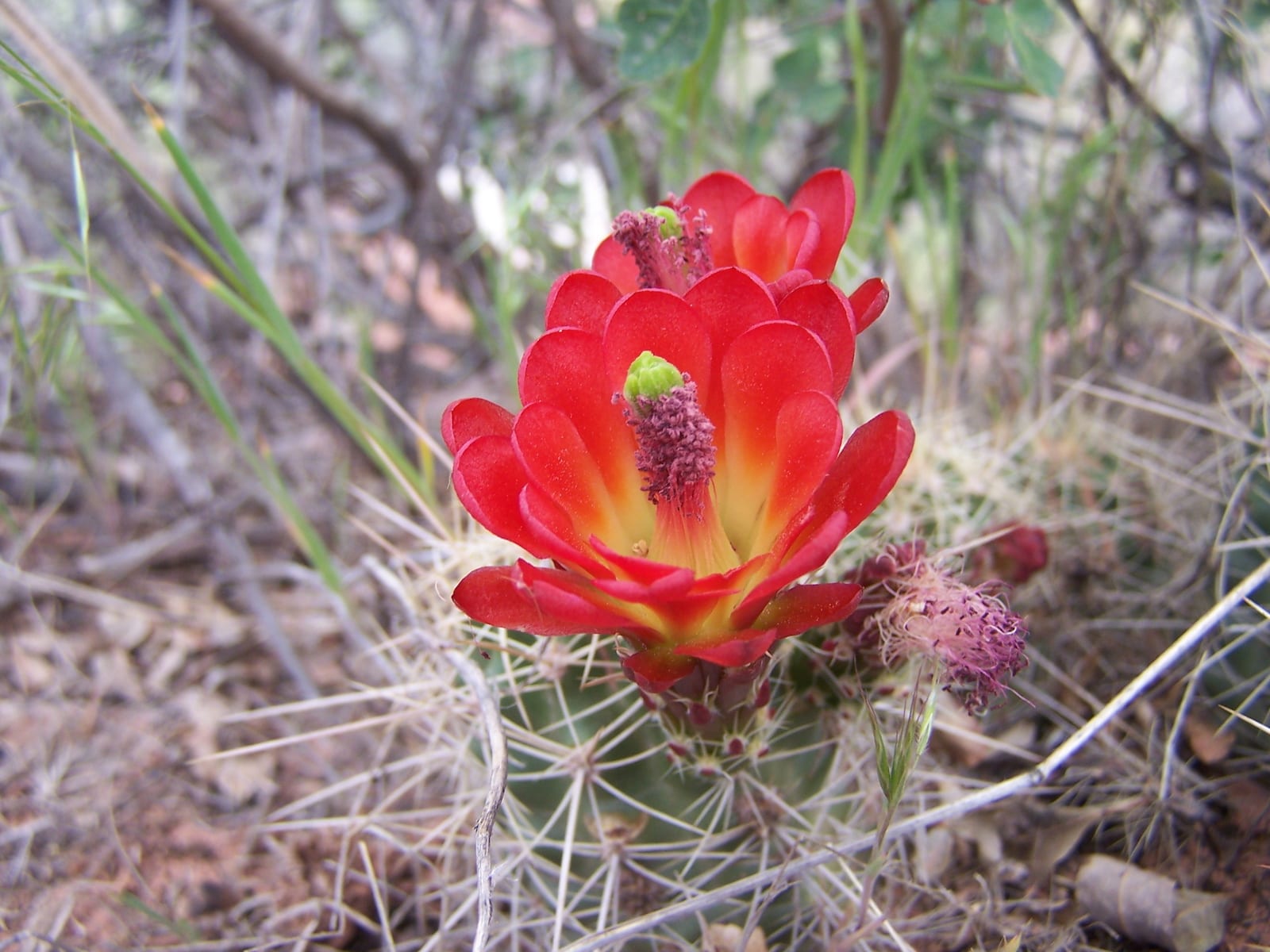
Adopted by Colorado lawmakers in 2014, the echinocereus triglochidiatus falls under the cutely named hedgehog cactus family of cacti species. It’s known for its gorgeous red flower blooms and is a favorite pollination spot for hummingbirds. Sometimes called the kingcup cactus, claretcup, and Mojave mound cactus, these prickly plants can be found all over the southwestern US, and favor shady areas in mountain forests.
Colorado State Fish: Greenback cutthroat trout
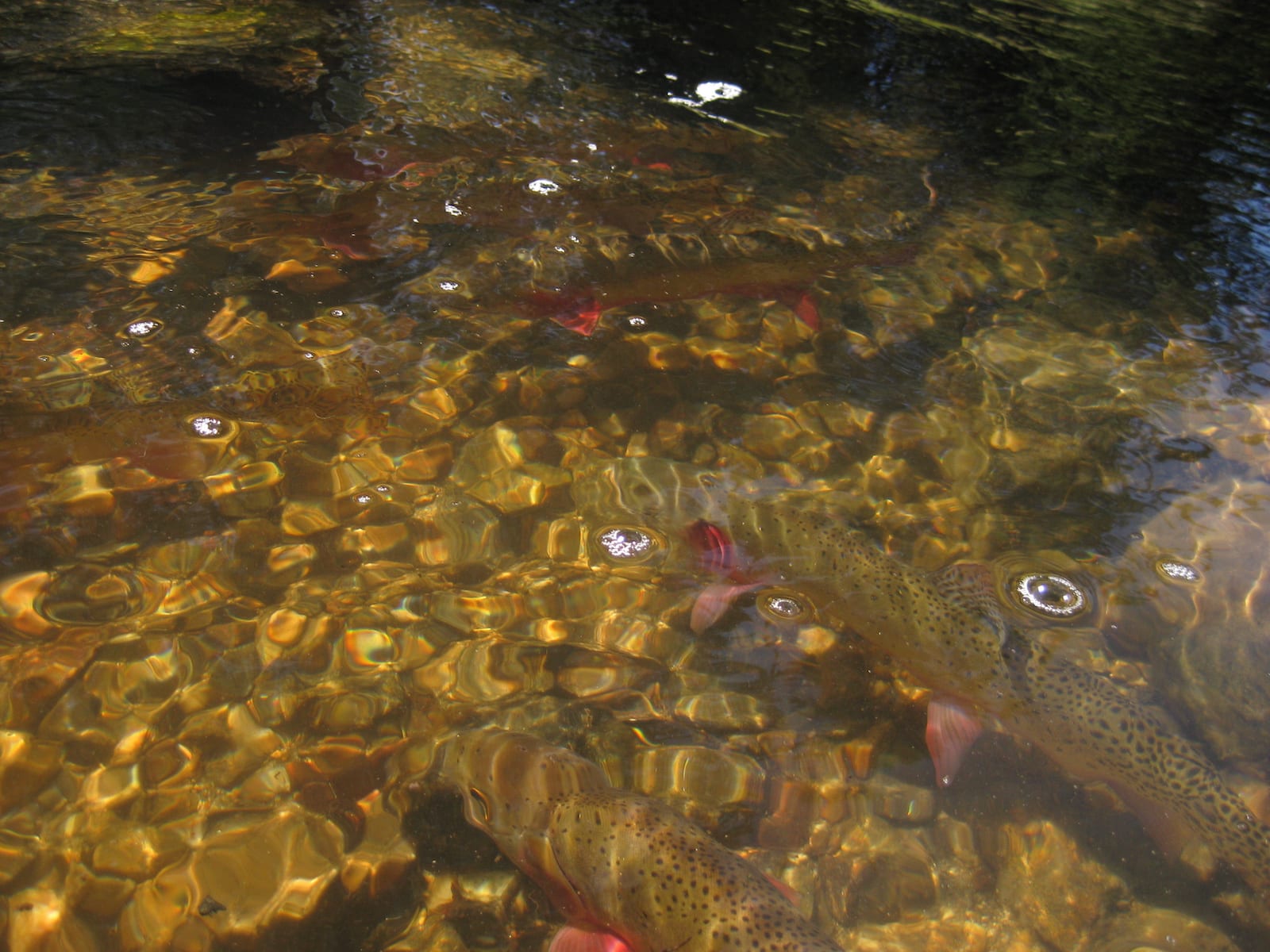
In 1994, Colorado replaced the rainbow trout with the greenback cutthroat trout as its official state fish to bring local awareness to its worryingly sparse numbers. Now listed as threatened under the Endangered Species Act, this fish can only be found in an estimated 1% of the habitat that it was previously known to inhabit.
Greenback cutthroat trout boast some interesting coloring, but their spawning display––the process of depositing eggs and sperm into the water for fertilization––is said to be remarkable.
This species of fish was thought to be extinct in 1937 but was rediscovered in the 1950s. Once the public learned there was still hope for the greenback cutthroat trout, an aggressive conservation effort was mounted, culminating with Colorado’s formal adoption of the fish as an official state symbol in the mid-90s.
Colorado State Flower: Rocky Mountain columbine
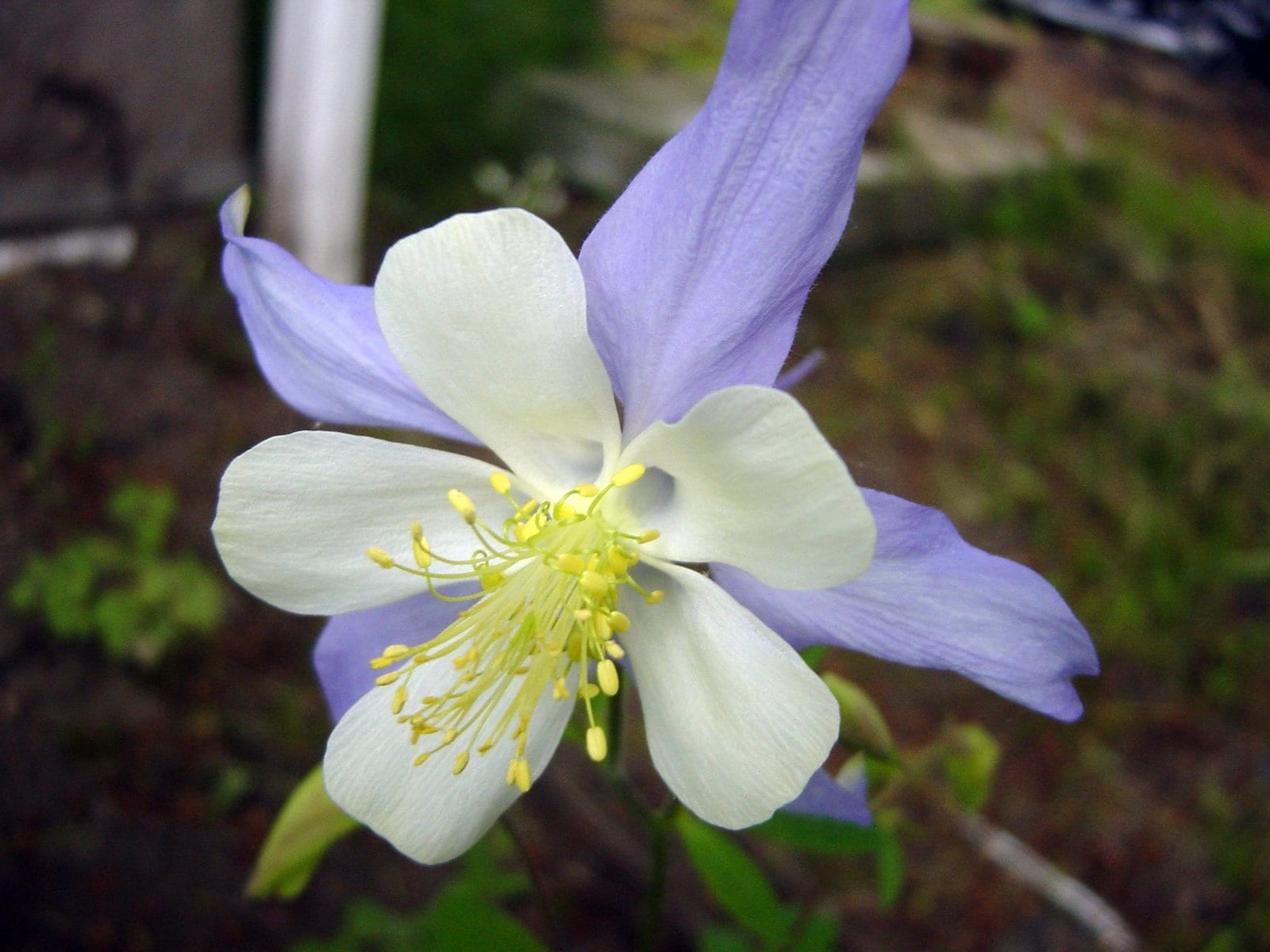
Though the aquilegia coerulea is officially Colorado’s state flower today, lawmakers in 1899 were vague in how they defined the state’s official flower, describing it as being lavender and white and not from any particular species. The Rocky Mountain columbine is endemic to Colorado’s Rocky Mountain region, which means it’s only found in Colorado. But if you’re a Coloradan flower-lover eager to pick some of your own and bring them home, you should be careful.
According to Colorado state law, harvesting too many of these flowers or handling them too harshly is a misdemeanor:
“It is unlawful for any person to tear the state flower up by the roots when grown or growing upon any state, school, or other public lands or in any public highway or other public place or to pick or gather upon any such public lands or in any such public highway or place more than twenty-five stems, buds, or blossoms of such flower in any one day; and it is also unlawful for any person to pick or gather such flower upon private lands without the consent of the owner thereof first had or obtained.”
Colorado State Grass: Blue grama
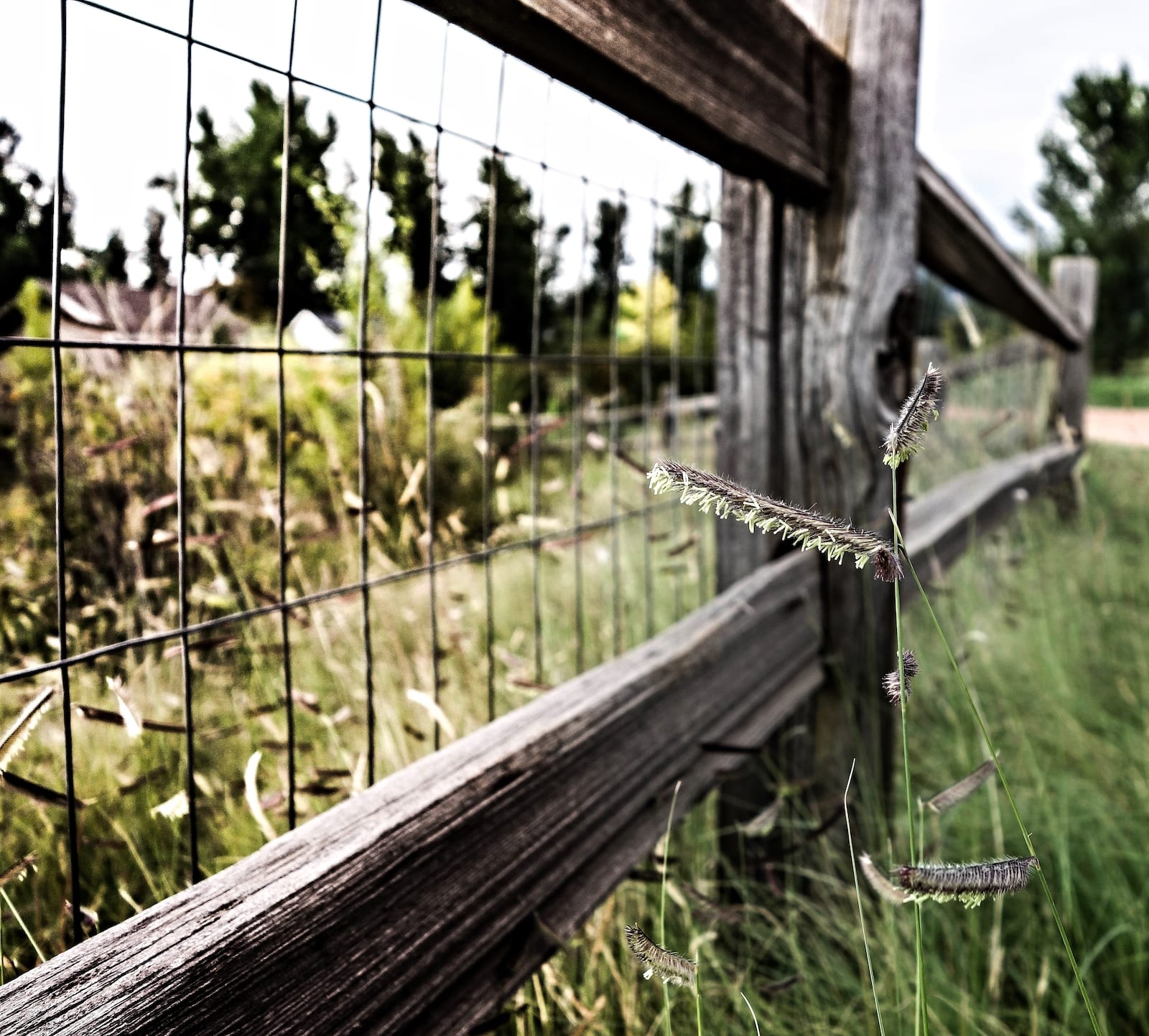
As far as grasses go, blue grama has a lot going for it. It’s stylish, easy to mow because it doesn’t grow quickly, and is drought-resistant. The low-maintenance grass species found a special place in the hearts of Colorado lawmakers, and in 1987 they adopted it as the official state grass.
Blue grama is now a defining natural feature of Colorado, but it can be found as north as Alberta, Canada, and as south as central Mexico. This grass grows easily from seed and pairs well with wildflowers.
Colorado State Insect: Colorado hairstreak butterfly
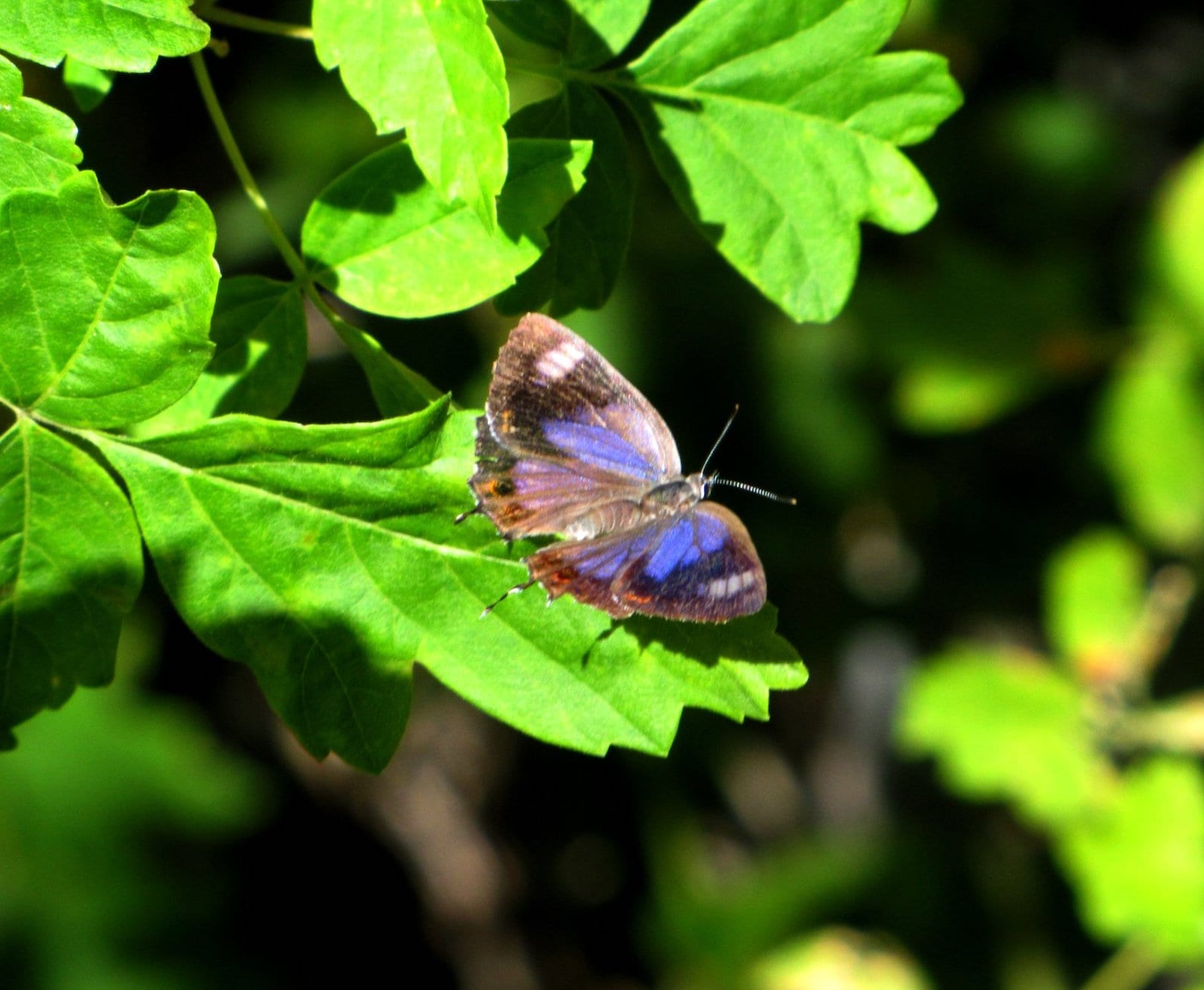
No, this isn’t a funny 1950’s haircut that originated in Denver. It’s Colorado’s official state butterfly, and it’s a stunner. Marked by luminous purple, blue, and black coloring, the Colorado hairstreak butterfly is at its greatest numbers in July and August, and it favors canyons and mountains ranging from 6,000-9,000 feet.
Don’t let this insect’s beautiful looks fool you. This butterfly is extremely territorial, and it’s common for the Colorado Hairstreak butterfly to defend its chosen home (Gambel Oak trees) even from members of its own species.
Elementary school teacher Melinda Terry rallied her fourth-grade class and started the movement urging lawmakers to adopt the hairstreak as Colorado’s state insect. It was officially adopted in 1996, beating out other suggestions like the honeybee.
Colorado State Mammal: Rocky Mountain bighorn sheep
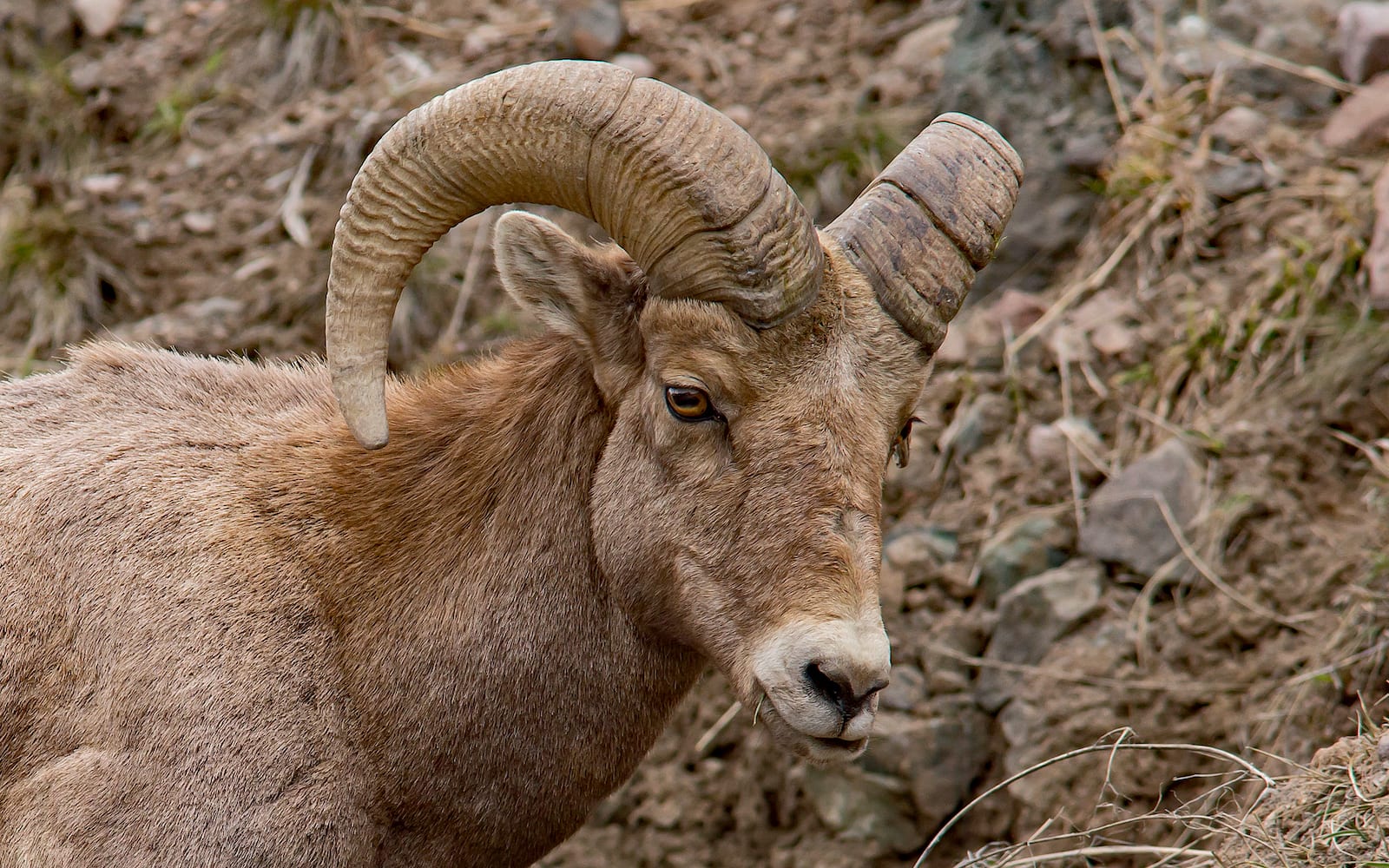
A sheep species named after its large, spiraling horns, the Rocky Mountain bighorn sheep is one of Colorado’s most iconic animals.
‘The largest wild sheep in North America, male bighorn sheep can weigh in at over 300 pounds, and are visibly muscular. One of the most fascinating features of this animal is its ability to scale steep cliff faces with ease thanks to its unique rock-gripping hooves.
When males face off to display dominance or earn mating rights, they crash their horns into each other at speeds up to 40 miles an hour, and the resulting sounds can be heard a mile away. Since bighorn sheep skulls are incredibly thick, they can do this repeatedly without serious injury. In other words, bighorn sheep are tougher than me, you, and every other animal in Colorado.
Colorado State Pet: Colorado shelter pets
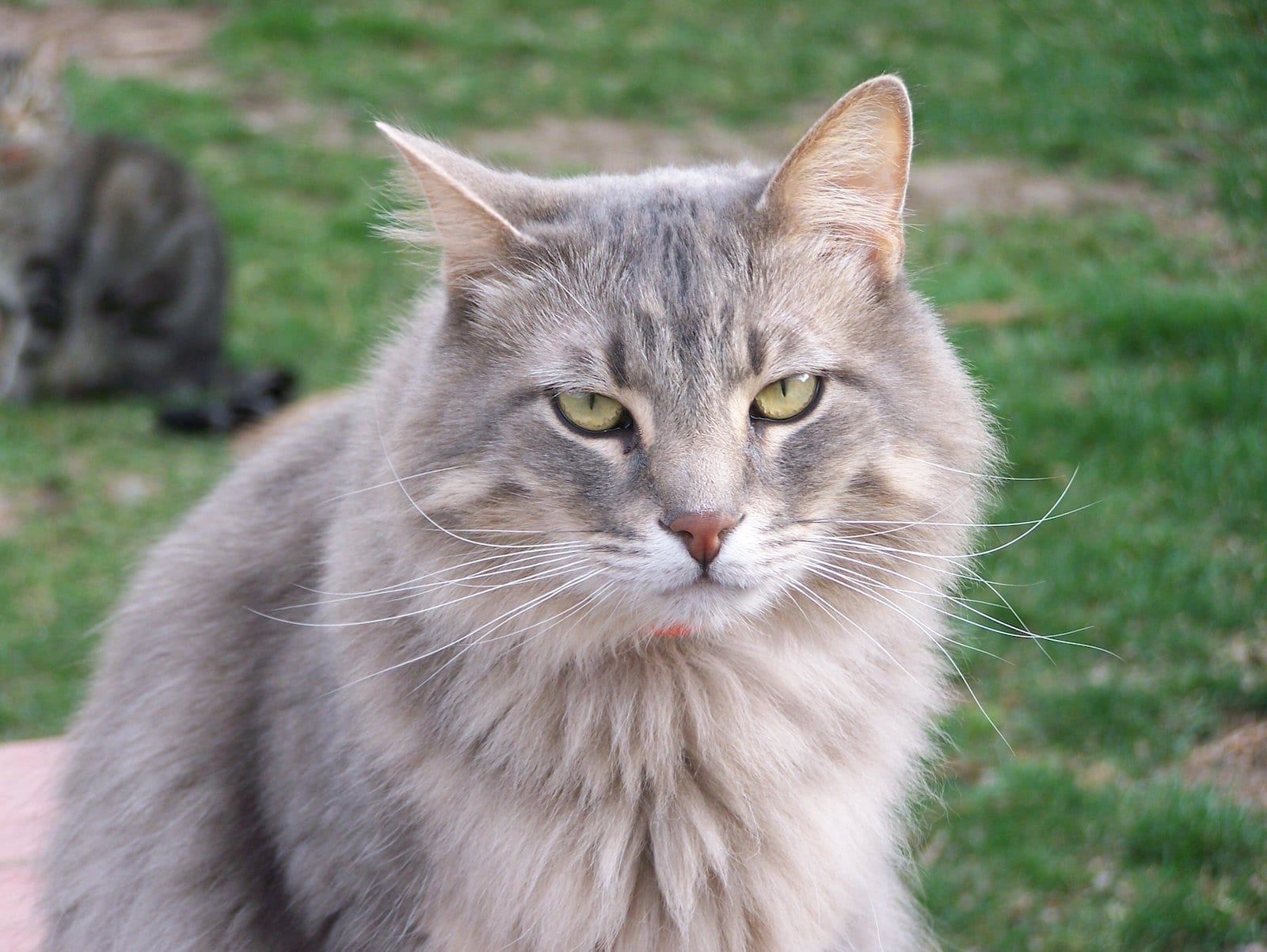
To shed light on the countless dogs and cats in need of homes in Colorado, shelter pets were named the state’s official pet in 2013 by then-governor John Hickenlooper. Like many grassroots campaigns aimed at urging states to adopt official symbols, this one was launched by a group of young students, but opponents believed the designation would help facilitate mechanisms to traffic out-of-state pets into Colorado.
The American Society for the Prevention of Cruelty to Animals estimates that 6.5 million dogs and cats enter shelters each year in the United States.
Colorado State Reptile: Western painted turtle
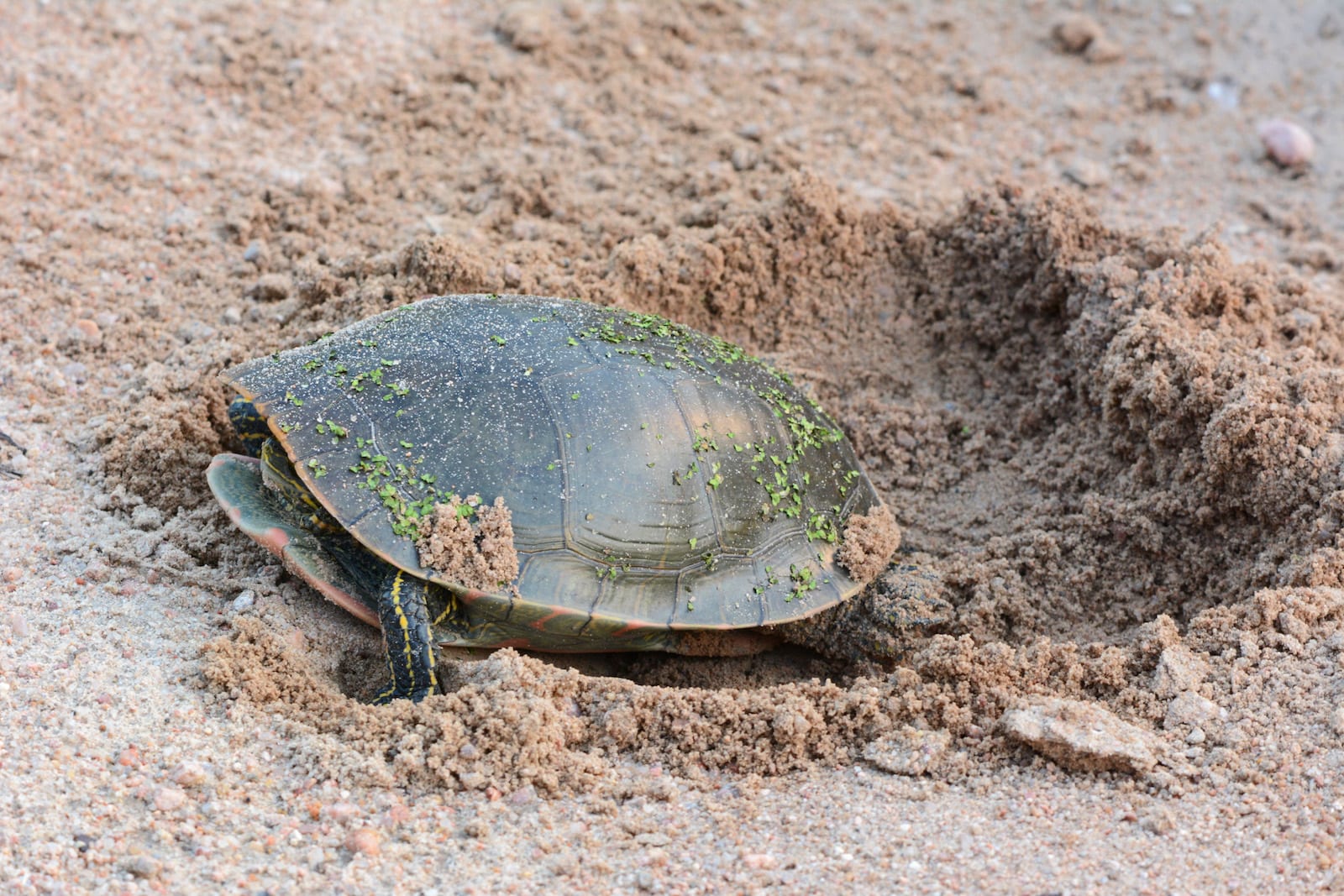
Named Colorado’s official state reptile in 2008, the western-painted turtle boasts a charming red coloring on the edges of its shell and underneath its body. With a diet of algae and insects, this species of turtle hibernates in the mud of bodies of water during the winter. Your best shot at seeing a western-painted turtle in the wild is to catch it basking for warmth on a log or the shoreline of a river or lake in Colorado’s eastern plains region.
Humans have caused these turtles’ numbers to diminish, but this species has proven to be surprisingly resilient over the years, and painted turtles are now thought of as the most abundant turtles in North America. According to traditional tales told by Algonquian tribes, painted turtles were regarded as tricksters, but three US states in addition to Colorado have adopted them as official state symbols.
Colorado State Tree: Colorado blue spruce
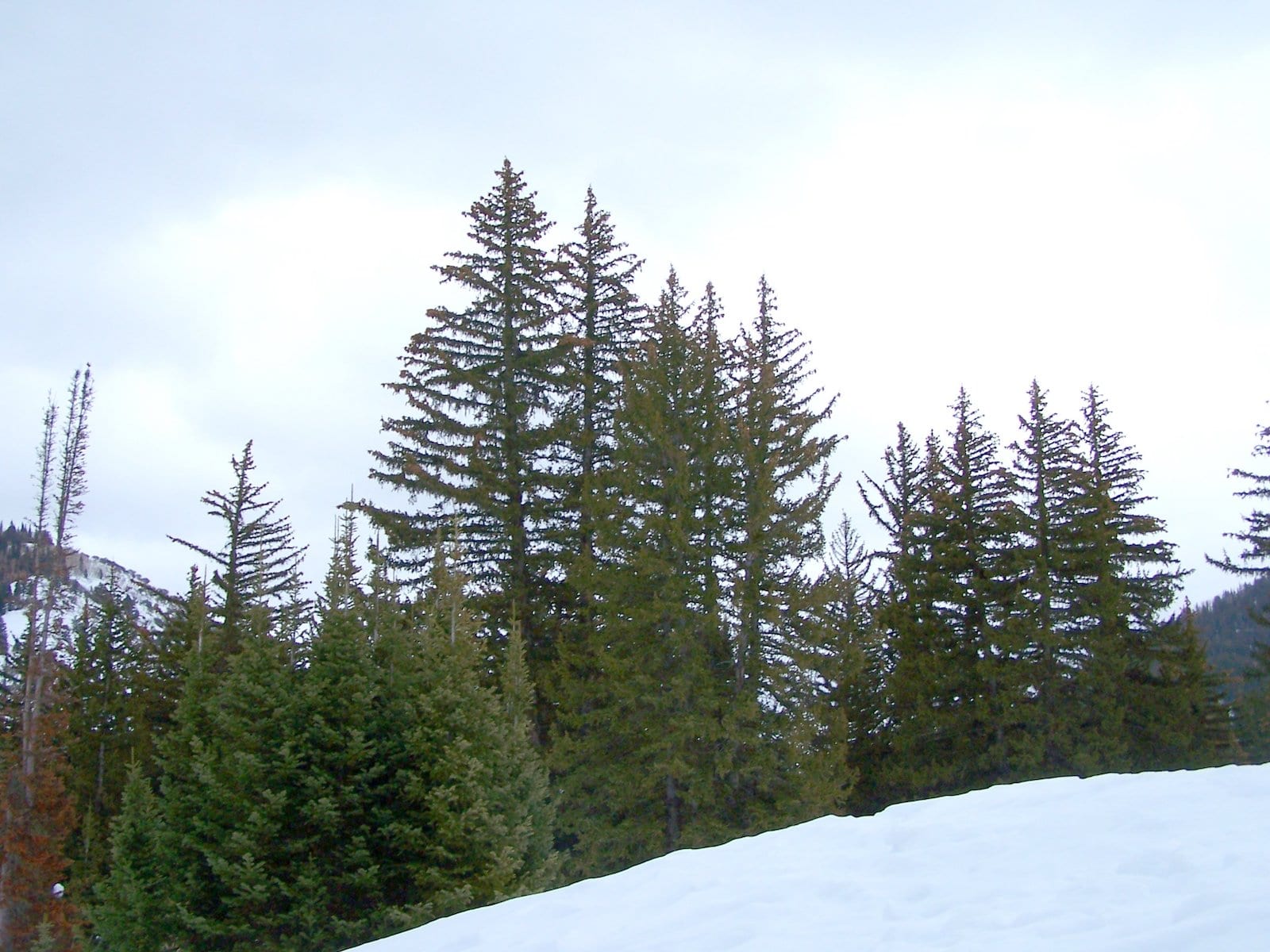
Often referred to as the blue spruce, green spruce, white spruce, or Colorado spruce, the Colorado blue spruce was officially adopted as the state’s tree in 1939. It naturally favors the terrain spanning from northern New Mexico up through Canada, but has become so popular that it can be found throughout the United States and beyond.
In conventional landscaping settings, these trees seldom grow higher than 50ft, but in wild forested areas, they are known to reach heights of 75ft. If you’re not familiar with the Colorado blue spruce, it essentially matches what most people consider to be perfect Christmas trees. Local Navajo and Keres peoples use the Colorado blue spruce as a medicinal plant to treat colds, pain, and upset stomachs.
Colorado State Fossil: Stegosaurus
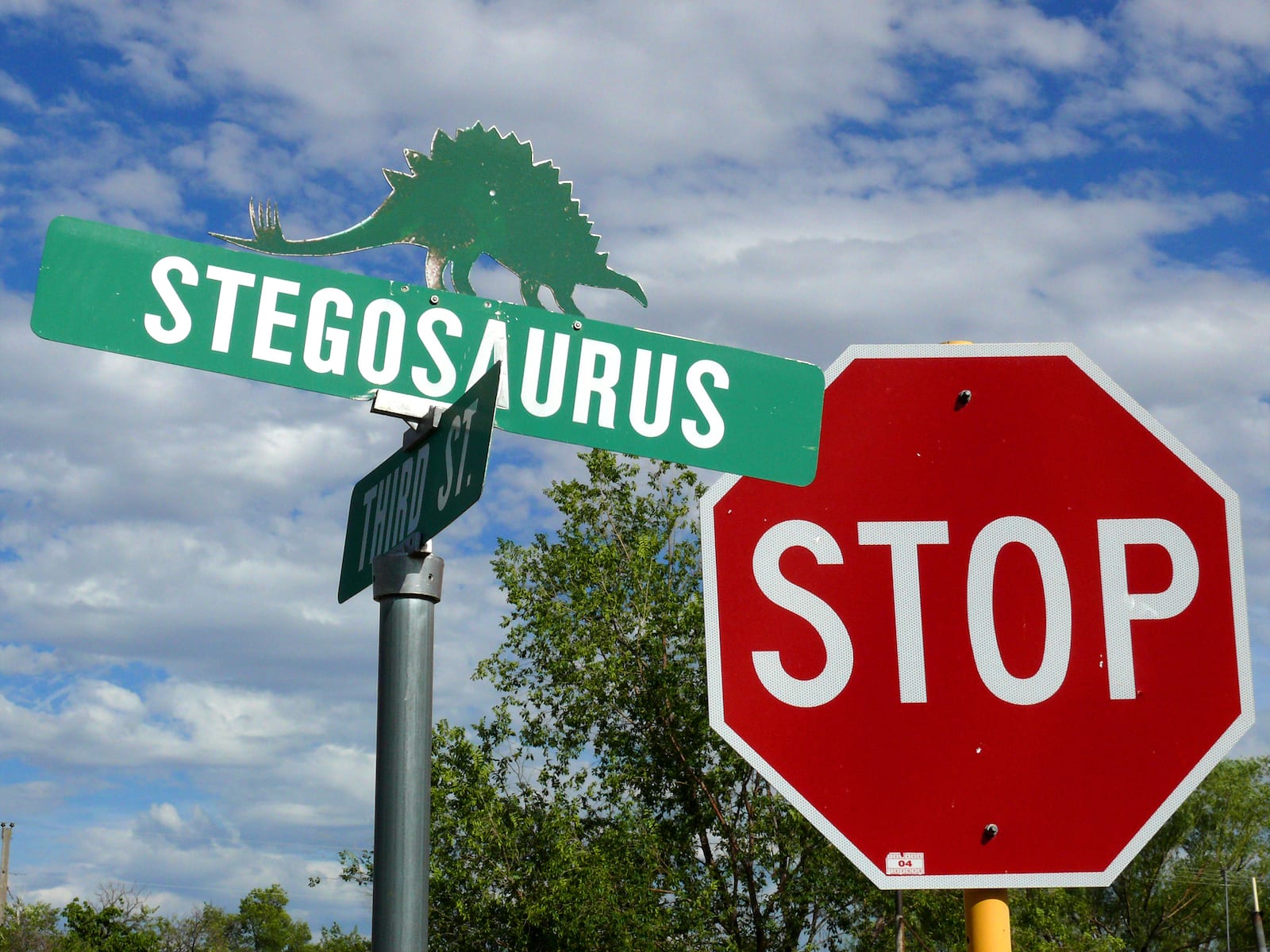
The stegosaurus was a dinosaur the size of a bus, stuck to a plant-based diet, and roamed the western United States 150.8 million to 155.7 million years ago. Two thin plates of bones lining its back made it look even larger, though that probably made it an even easier target for predators.
The stegosaurus’ brain was remarkably small, and early paleontologists theorized that it relied on a bundle of nerves for movement instead of an actual brain. For many years, experts believed it had a brain the size of a walnut, but now say it had one the size and shape of a “bent hotdog.” The first fossils of this large, notoriously unintelligent creature were found in Morrison, Colorado in the late 1870s.
Colorado State Gemstone: Aquamarine
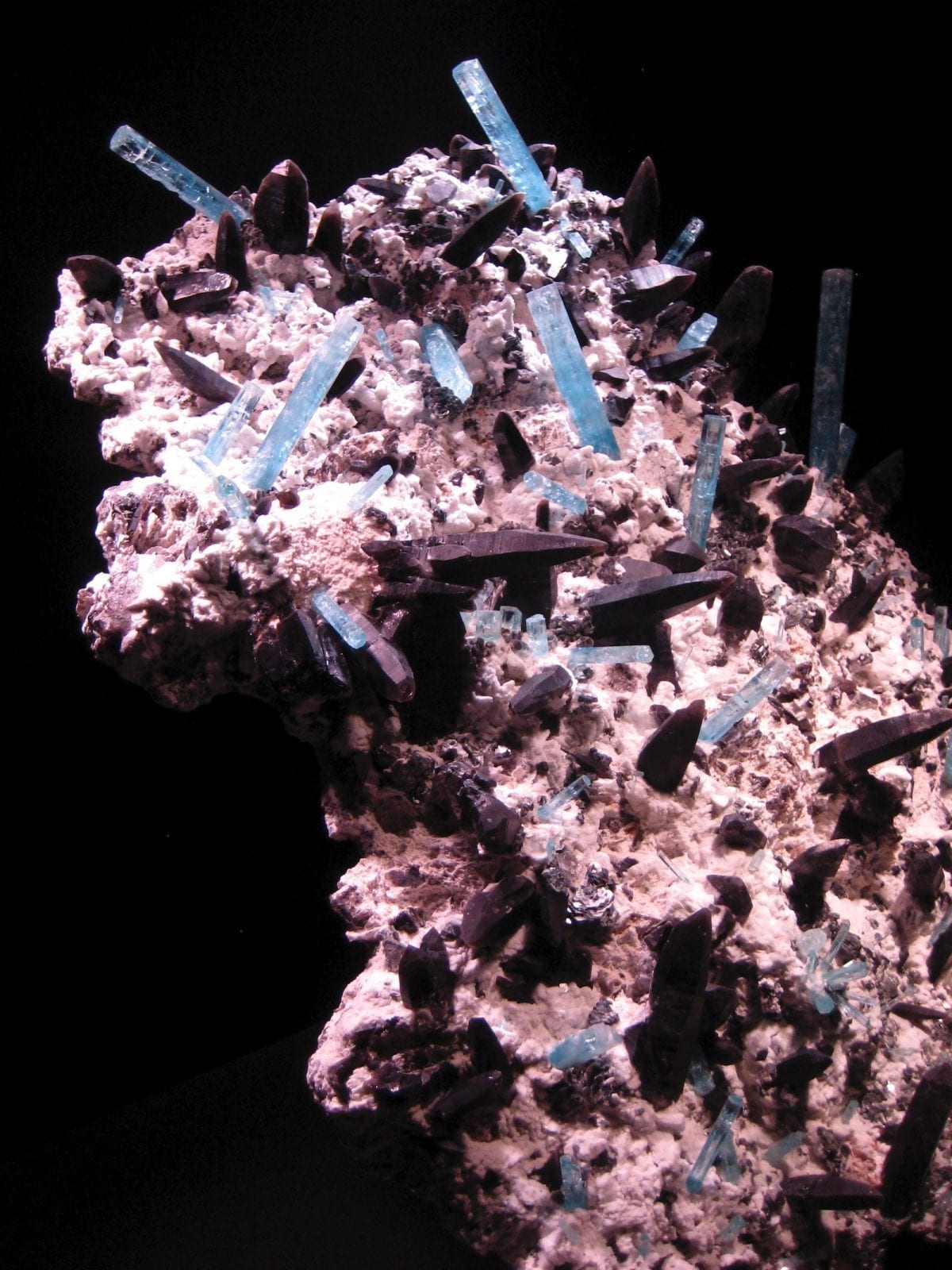
Named after the Latin phrase meaning “water of the sea,” the aquamarine gemstone features a stunning blue luminance and was adopted as Colorado’s official gemstone in 1971. Aquamarine can be found in places like Africa and Brazil, but in Colorado, your best shot at uncovering one is at the summit of Mt. Antero in the Sawatch Range in the central mountain region.
Aquamarine’s radiant appearance makes it a popular choice for all manner of jewelry, and it’s the birthstone for March.
Colorado State Mineral: Rhodochrosite
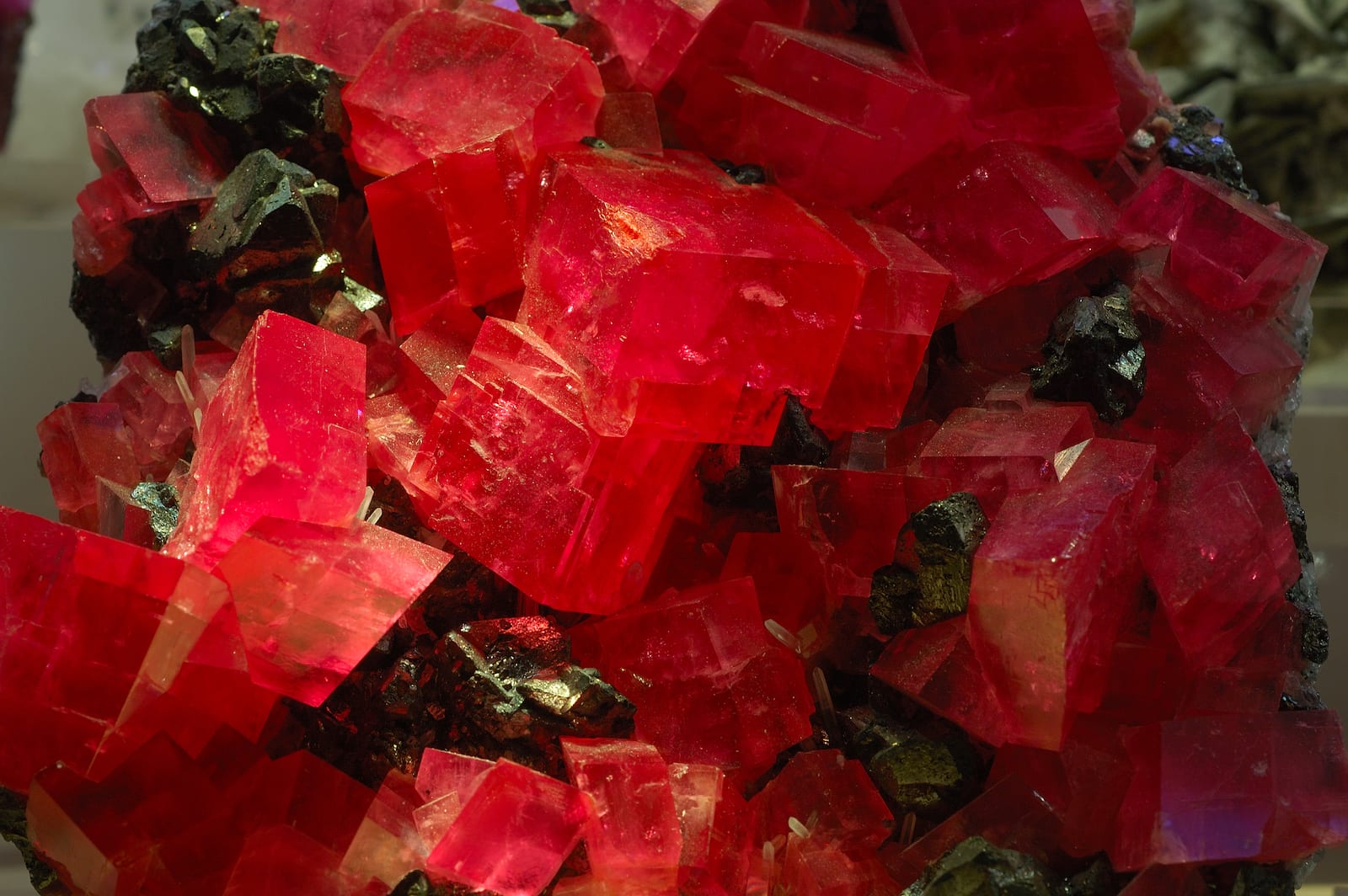
In its rarest and purest form, rhodochrosite boasts a piercing bright red coloring. Less pure forms of it range from light pink to brown, and, because it’s both beautiful and extremely rare, rhodochrosite is hugely valuable.
Originally opened as a silver mine, the Sweet Home Mine in Alma, Colorado is one of the few places in the world where rhodochrosite has been discovered, and even small mineral specimens are said to sell for hundreds of thousands of dollars. Rhodochrosite was adopted as Colorado’s official state mineral in 2002.
Colorado State Rock: Yule marble
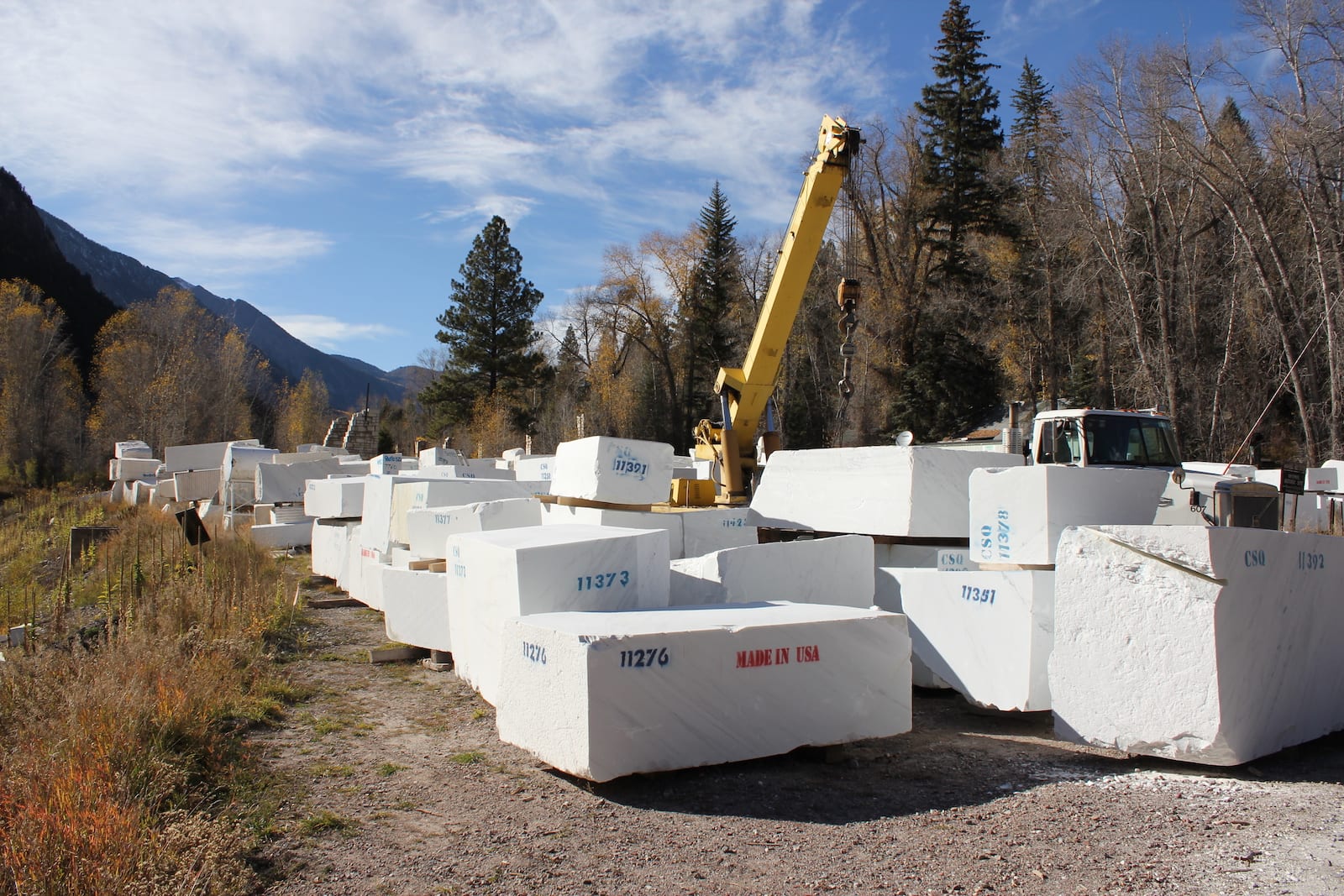
You probably haven’t heard of Yule marble, but you’ve definitely seen it. Yule marble is the material used in iconic structures like the Lincoln Memorial, Tomb of the Unknowns, and the Cheesman Park Memorial in Denver. While the process of adopting some state symbols led to controversy, the decision to make Yule Marble Colorado’s state rock was probably easy.
The only place in the world where it has been discovered is near the town of Marble, Colorado in the Yule Creek Valley. Yule Marble is nearly 100% pure calcite, which gives it a smooth, consistent texture that’s ideal for building with. Conventional marble is mined at lower elevations, but Yule marble is only found at elevations of 9,300 feet and above.
Colorado State Soil: Seitz soil
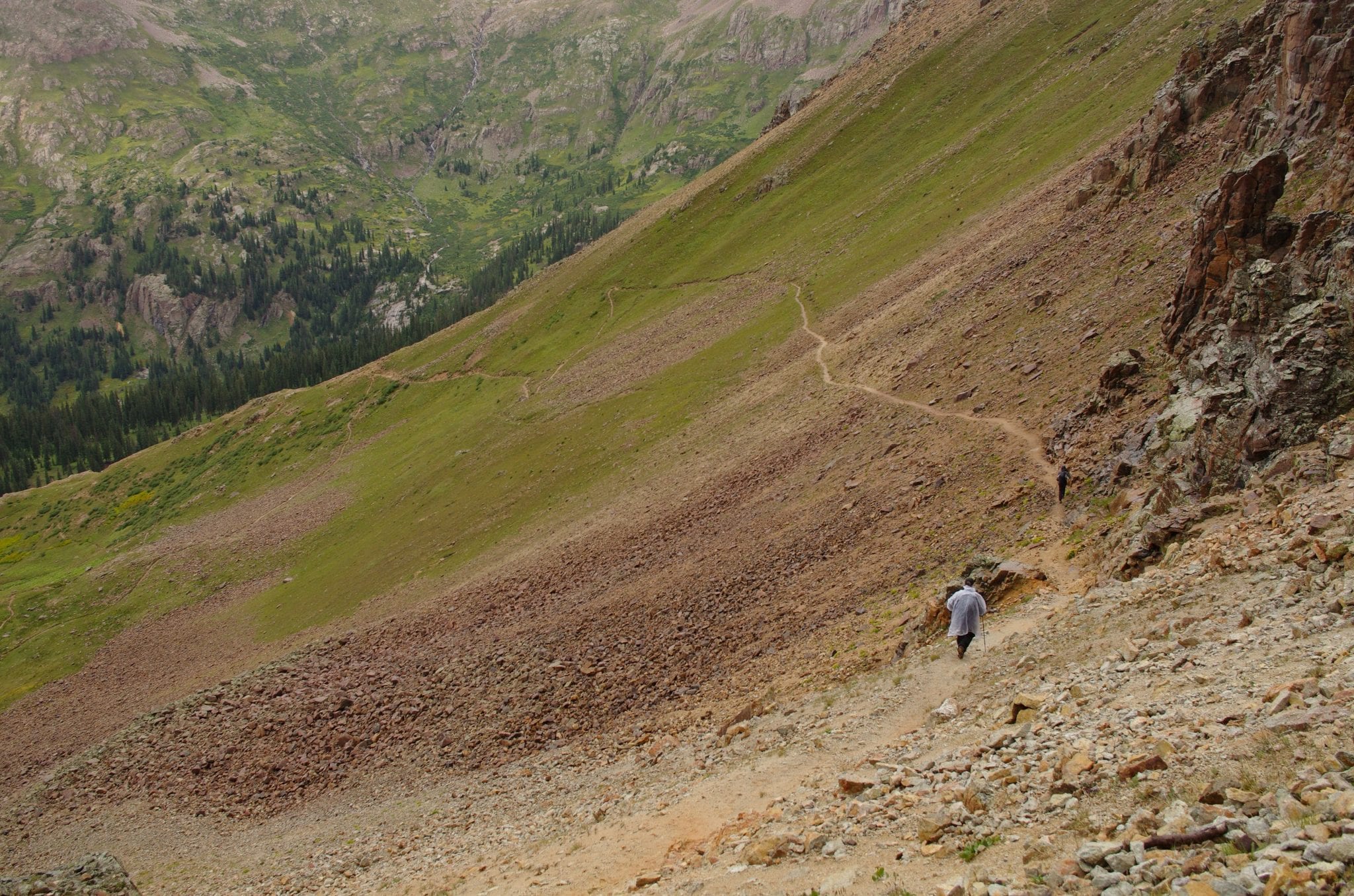
It might be surprising to learn that states adopt soil varieties as official and unofficial symbols, but it’s true. Seitz soils are mostly found in the central mountains and southwest region of Colorado. According to the USDA, this soil variety helps provide habitat for the state’s lush forested areas.
So while most of us don’t carry a particular interest in soil varieties, Colorado’s unofficial nod to Seitz soil shows how important it is for supporting much of the state’s world-class mountain landscapes.
Colorado State Folk Dance: Square dance

Along with 18 other US states, the square dance is Colorado’s official folk dance. Most Americans are familiar with square dancing because they learned about it in elementary school, but older generations of Coloradans associated this form of folk dancing with Western cowboy culture, and many visited square dance clubs to do-si-do the night away.
The square dance is not just Colorado’s official folk dance but is also the official dance of the US. Controversy has recently emerged over the dance, with detractors questioning how uniquely American square dancing is and suggesting jazz-inspired forms like tap dancing as an alternative.
Colorado State Songs: “Where the Columbines Grow” and “Rocky Mountain High”
Colorado has two official state songs. One was written back in 1911, and the other is a modern favorite that many contemporary Americans associate with the state. “Where the Columbines Grow” was written by Dr. Arthur John Fynn and was formally adopted in 1915.
A decade after iconic songwriter John Denver’s death, in 2007, a debate began over whether Colorado should adopt “Rocky Mountain High” and replace Fynn’s song. The state legislature settled on adopting Denver’s song and keeping Flynn’s to preserve Colorado’s history and embrace its contemporary state-defining culture.
Colorado State Sport: Pack burro racing
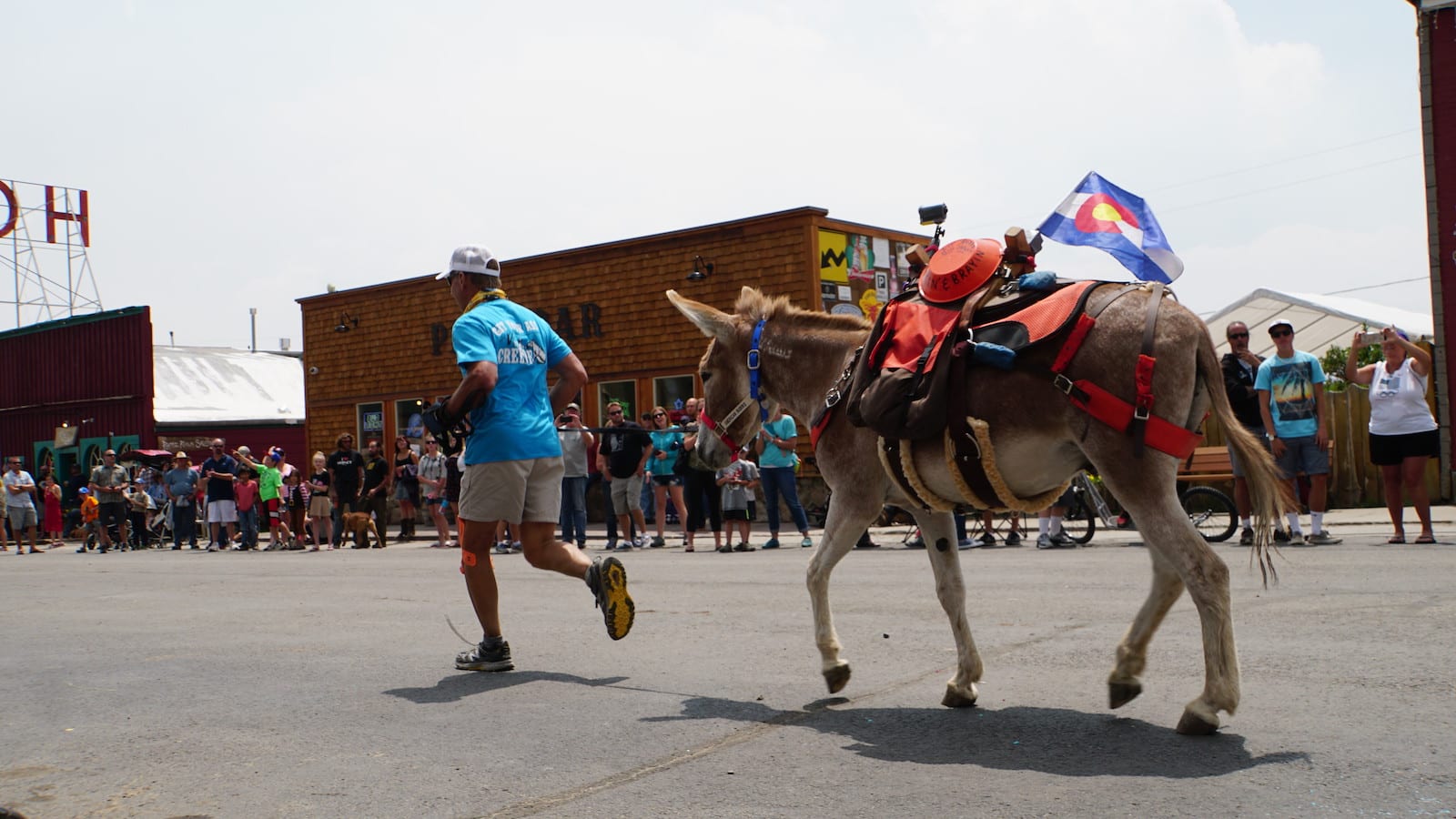
Even if you’ve lived in Colorado your entire life, it might still be bewildering to learn that the state’s official sport is pack burro racing. What is this strange sport, you might ask? It’s a mountain race featuring pairs of humans and burros. Like many bizarre but enduring traditions, it was started by Colorado miners in the 19th century.
Burros, the Spanish word for “donkeys”, were used to haul heavy equipment up steep mountain passes, and miners led them on foot with a rope. The legendary origin story of this sport involves two miners and their faithful burros racing up a Colorado mountain to stake claim to gold. One of the most important rules of pack burro racing is that competitors aren’t allowed to ride their burros.
The racing season takes place from May to September, and “Triple Crown” races take place in Fairplay, Leadville, and Buena Vista. Colorado formally adopted pack burro racing as its official state sport in 2012, and it’s a staple activity for summer mountain festivals.
Colorado State Tartan
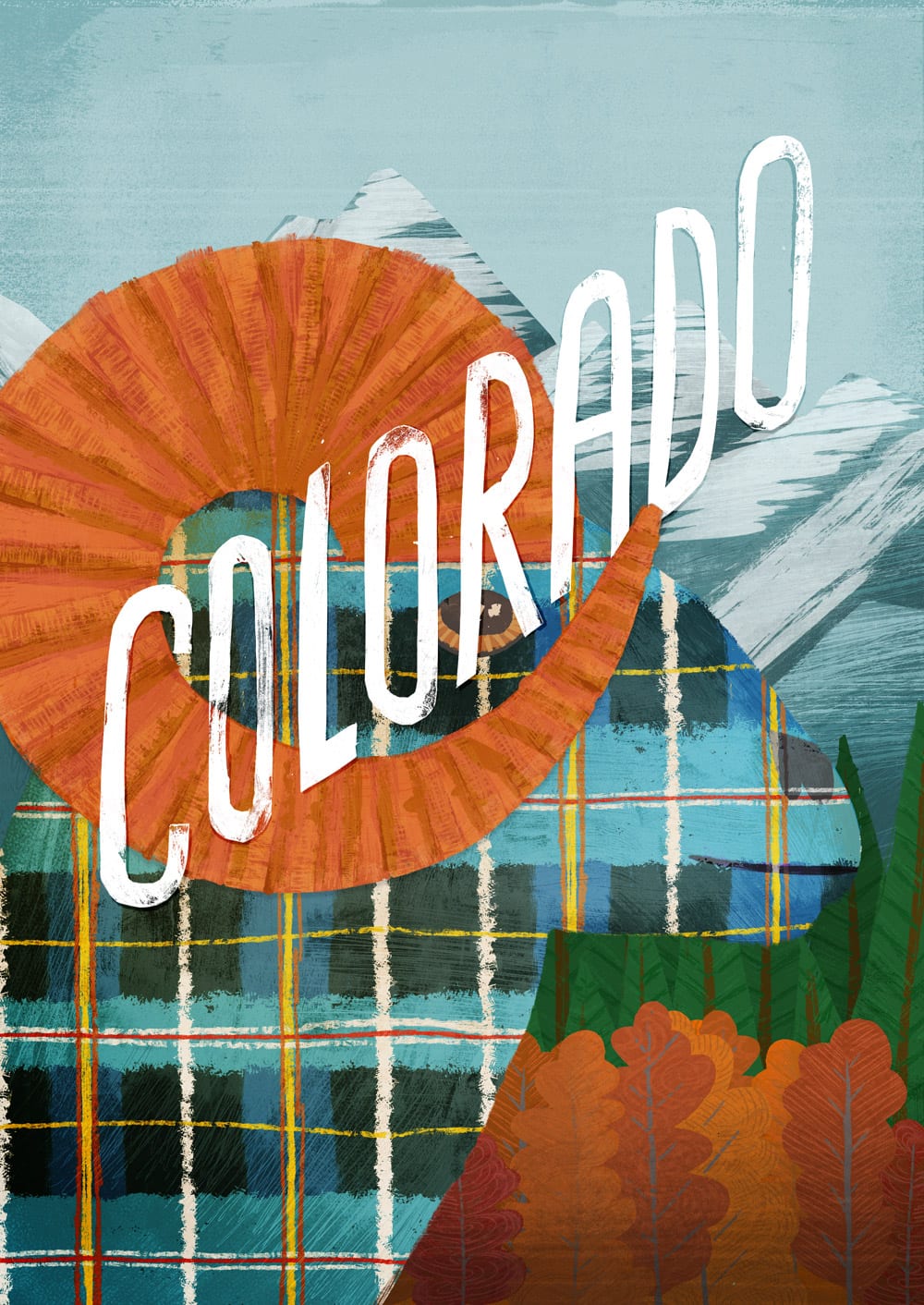
If you’re unsure what a tartan is, think of the colored stripe patterns that are used in flannel shirts and Scottish kilts. Colorado’s official state tartan features thick block stripes of forest green and cerulean blue. July 1st is Tartan Day in Colorado, and its adopted tartan is used to represent the state during special occasions.
Colorado State Naval Vessel: USS Colorado (SSN-788)

Launched in 2016, the USS Colorado is a mean, nuclear-powered attack submarine. It’s designed to attack quickly and conduct a broad array of open-water missions. Coming in at $2.6 billion, this submarine is part of a new class of ships aimed at keeping America’s naval technology updated.
Colorado State Coin: Colorado quarter dollar coin 2006
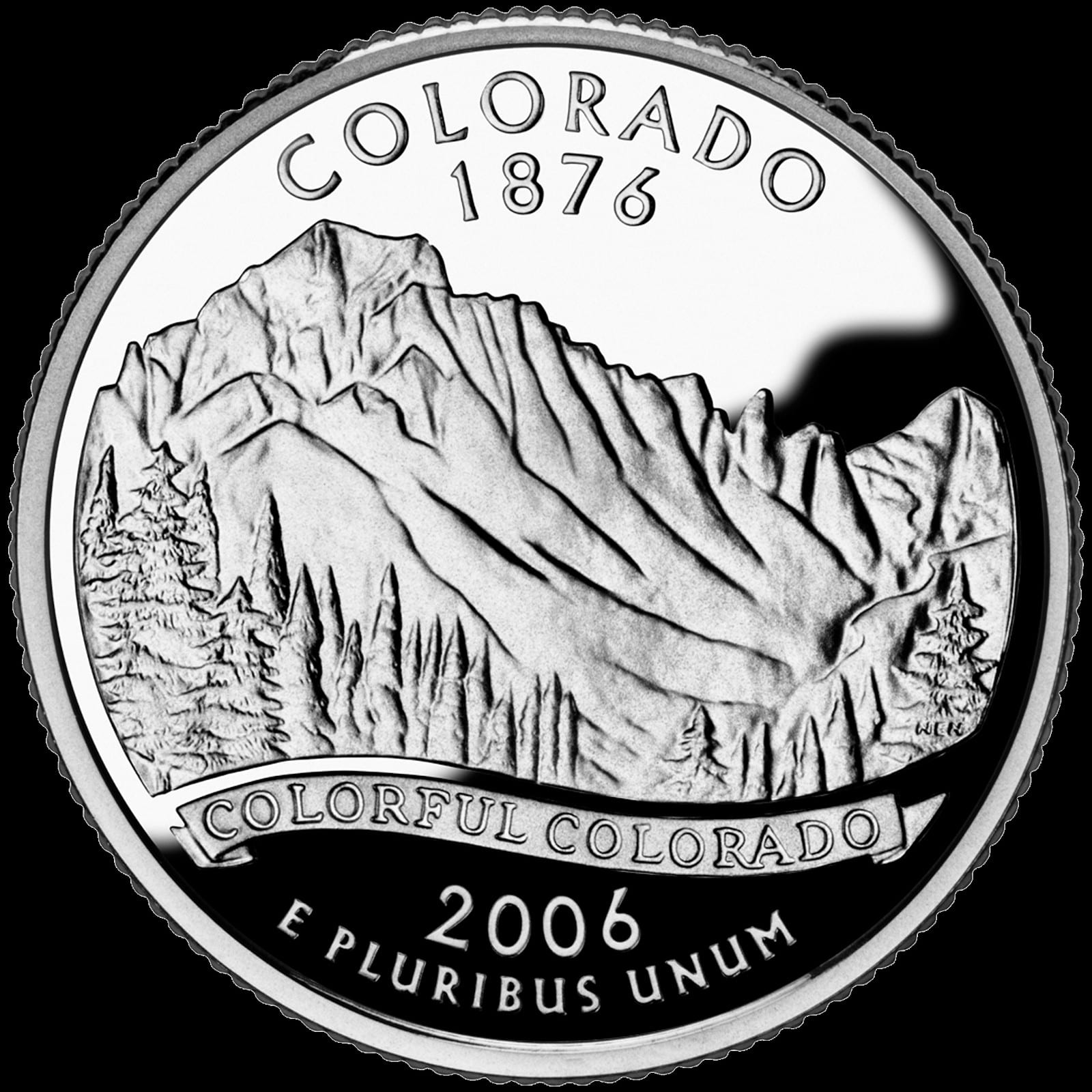
Colorado’s official state quarter features an image of Longs Peak with a banner of text reading “Colorful Colorado,” the state slogan. Denver, Colorado’s capital, is home to one of only three mints in the United States. It also happens to make coins, not bills and offers complimentary tours year-round.
That’s a roundup of all of Colorado’s state symbols. Hopefully, you’ve learned about a few new ones and brushed up ones that you may have forgotten. Maybe it’s time to study some important events in Colorado’s modern history, which helped shape the state you know today.

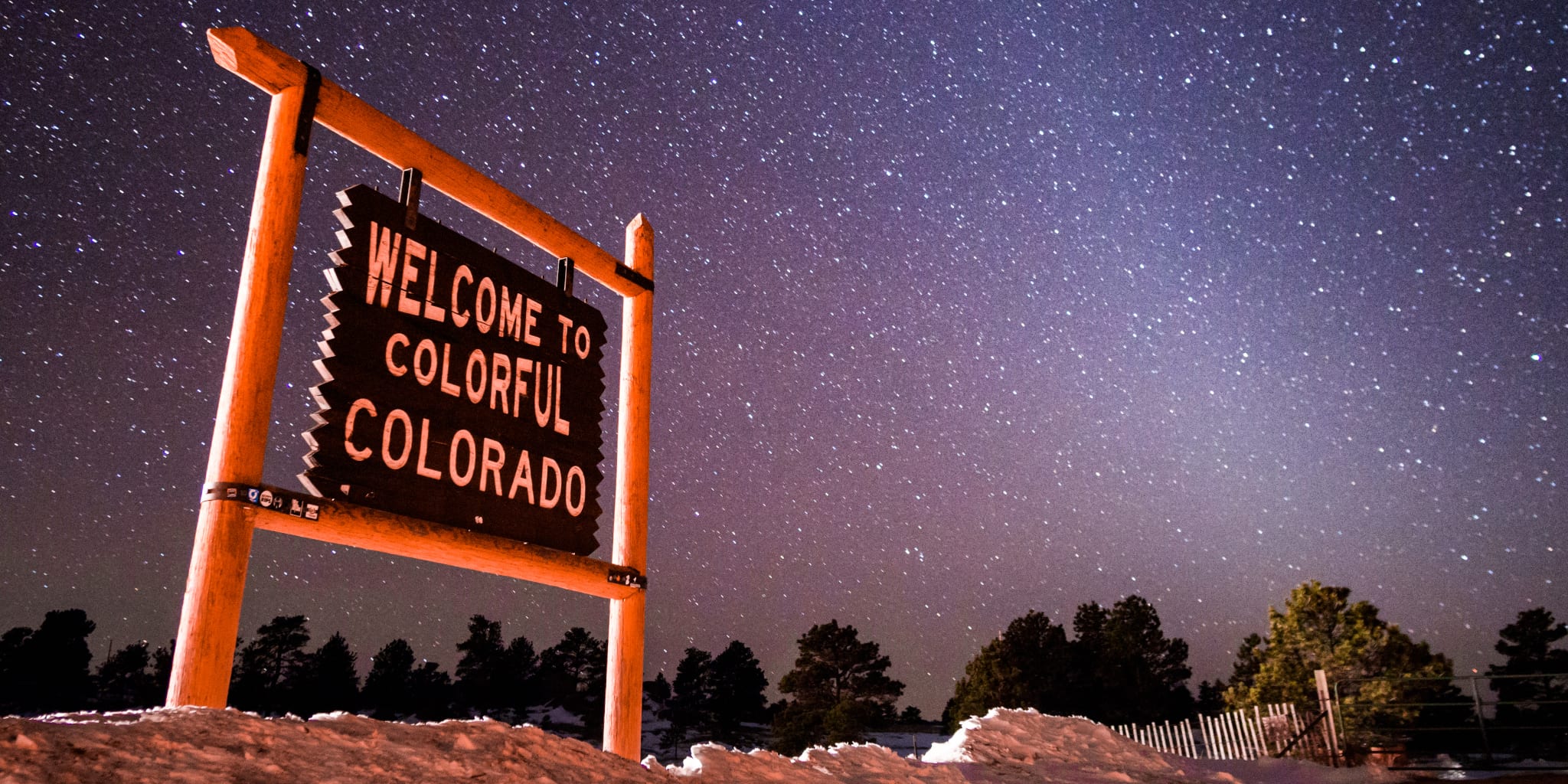
 Does Colorado have any Volcanoes?
Does Colorado have any Volcanoes?